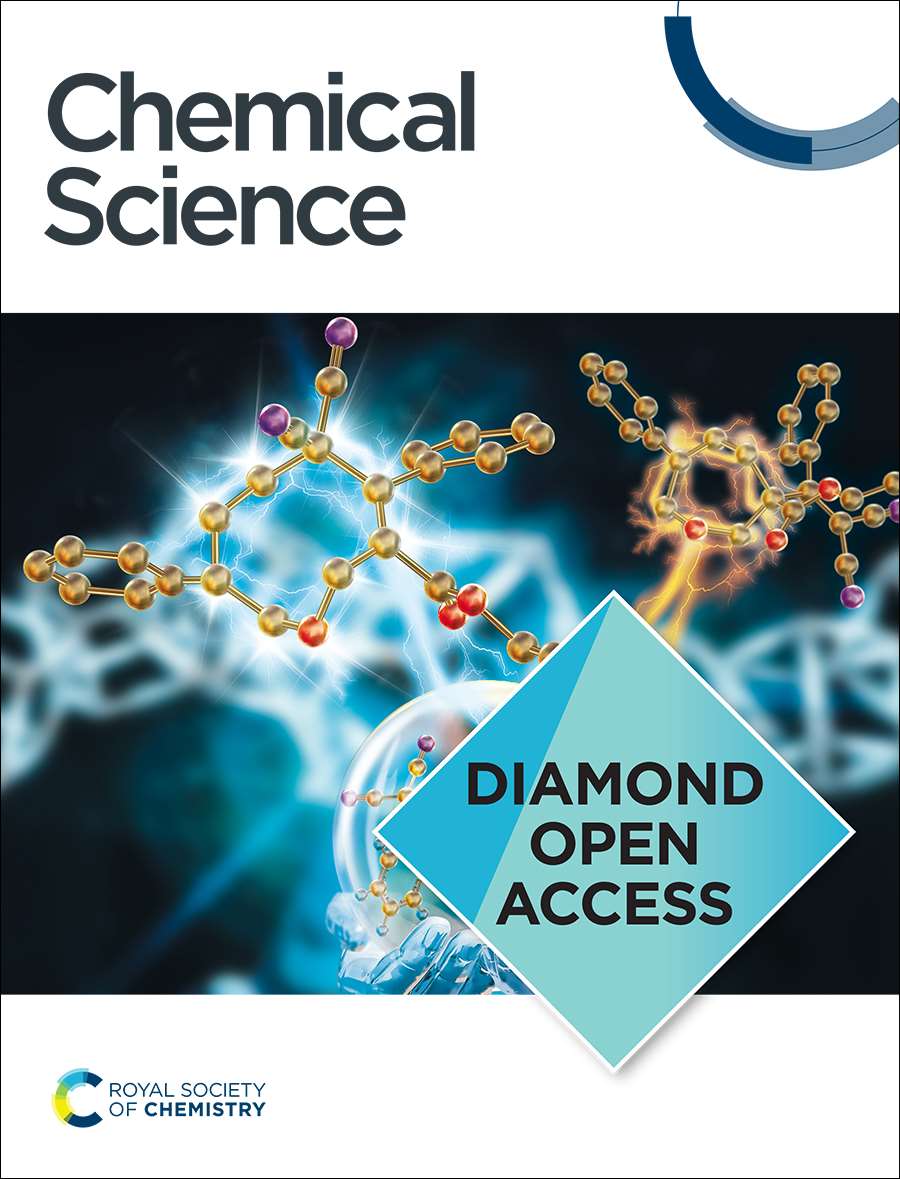Molecular Engineering of 1D Conjugated Copper Anilate Coordination Polymers for Boosting Electrocatalytic Nitrate Reduction to Ammonia
IF 7.6
1区 化学
Q1 CHEMISTRY, MULTIDISCIPLINARY
引用次数: 0
Abstract
The electrochemical nitrate reduction reaction (NO3RR) offers a “two-birds-one-stone” solution by simultaneously addressing water pollution and enabling green ammonia production. However, its multiple reaction pathways and complex intermediates pose a challenge for designing high-efficient electrocatalysts. The highly modular nature of metal coordination polymers (MCPs), combined with molecular engineering strategies, provides a pathway for systematically exploring the structure-performance relationships of catalysts. As a proof of concept, we here synthesized a series of π-d conjugated copper anilate coordination polymers incorporating different halogen atoms (F, Cl and Br). The combined experimental and theoretical investigations reveal that introducing halogen atoms with electron-withdrawing properties can create an electron-deficient Cu center through the interchain Cu‧‧‧halogen supramolecular interactions, which can effectively lower the energy barrier for deoxygenation of *NO intermediate. As a result, the Cu-FA (FA = fluoranilate, C6O4F22-) achieves a superior NO3RR performance with the Faradic efficiency (FE) of 98.17% and yielding rate of 14.308 mg h-1 mg-1 at -0.9 V, nearly 7.7 times that of the pristine Cu-DABQ (DABQ = 2,5-dihydroxy-1,4-benzoquinone, C6O4H22-). This study may provide new insights into the design of high-performance NO3RR electrocatalysts.求助全文
约1分钟内获得全文
求助全文
来源期刊

Chemical Science
CHEMISTRY, MULTIDISCIPLINARY-
CiteScore
14.40
自引率
4.80%
发文量
1352
审稿时长
2.1 months
期刊介绍:
Chemical Science is a journal that encompasses various disciplines within the chemical sciences. Its scope includes publishing ground-breaking research with significant implications for its respective field, as well as appealing to a wider audience in related areas. To be considered for publication, articles must showcase innovative and original advances in their field of study and be presented in a manner that is understandable to scientists from diverse backgrounds. However, the journal generally does not publish highly specialized research.
 求助内容:
求助内容: 应助结果提醒方式:
应助结果提醒方式:


